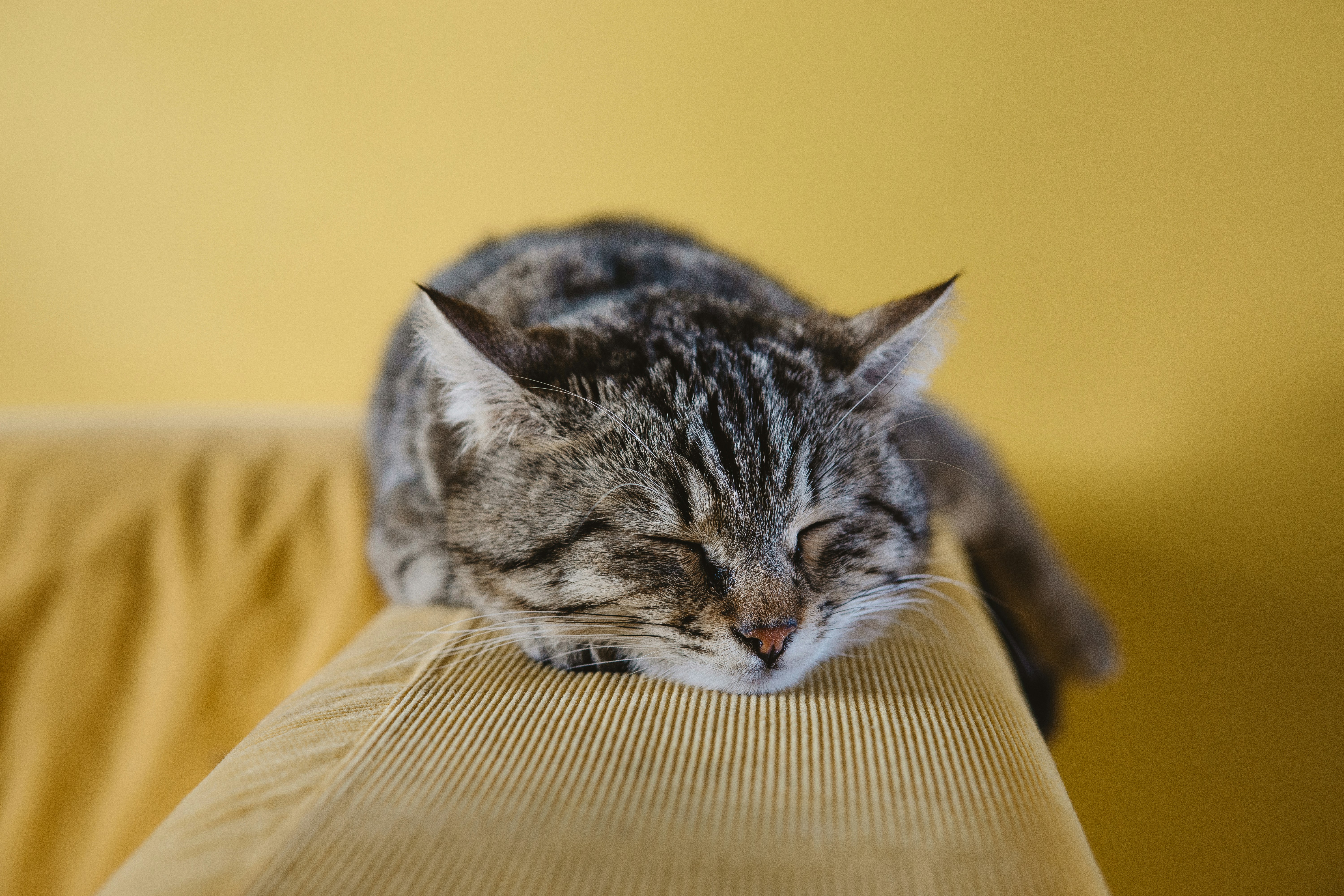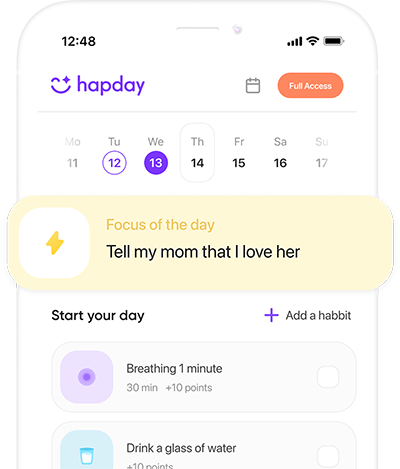Table of Contents
- Understanding ADHD-Induced Fatigue
- Sign 1: Difficulty in Sustaining Attention
- Sign 2: Overwhelm from Sensory Input
- Sign 3: Emotional Dysregulation
- Sign 4: Impaired Sleep Patterns
- Sign 5: Executive Dysfunction
- Integrative Solutions: Lifestyle Modifications
- Seeking Professional Help
- Conclusion
- References
Understanding ADHD-Induced Fatigue
Now, before we jump into the signs, let’s break down what ADHD-induced fatigue even means. It isn’t your average tiredness, the kind you shake off with a little R&R. Nope, this is a deeper exhaustion, one that seeps into your bones and brain. It’s as if despite sleeping eight hours, we’re running on fumes. ADHD messes with executive functions—things like attention, motivation, and decision-making—and when they falter, mental and physical fatigue is not far behind.
Sign 1: Difficulty in Sustaining Attention
So, the first sign: struggling to keep that laser focus. With ADHD, trying to concentrate can feel like wading through molasses. Research—I think Barkley once talked about it in 2012—shows ADHD folks expend more effort to focus, which drains them mentally. Imagine, reading a book or writing up that work report becoming akin to a mental marathon.
Practical Solution: Pomodoro Technique
To tackle this exhaustion, give the Pomodoro Technique a shot. You work 25 minutes, take a 5-minute breather, and after a few rounds, take a longer 15-30 minute break. This method, by breaking work into chunks, helps maintain focus and lessens the mental strain. Sounds almost deceptively simple, right?
Sign 2: Overwhelm from Sensory Input
Next up, sensory overload plays a starring role. Every little sound—barking dogs, a clanging pot—can feel like a sledgehammer to the ADHD brain. There’s an intriguing study by Kooij and friends in 2010 showing that sensory input can just be too much. And for women balancing work, home, and all the chaos in between, this sensory hurricane can be utterly exhausting.
Practical Solution: Sensory Management Strategy
Craft yourself a sensory oasis: soft lighting, noise-canceling headphones, maybe even a hint of lavender in the air—all these help reduce overload. Also, things like yoga or mindfulness can build resilience to sensory stress. Who wouldn’t want a touch of calm amidst the storm?
Sign 3: Emotional Dysregulation
Cue the emotional rollercoaster. Those with ADHD often find themselves battling mood swings and irritability—each swing sapping energy. Managing these emotions is tiring in itself, as Shaw et al. laid out in 2014, making even the happiest souls feel downright drained.
Practical Solution: Cognitive Behavioral Therapy (CBT)
To navigate this emotional terrain, CBT can be a lifeline. It offers tools like cognitive restructuring to curb negative spirals. And hey, journaling can unclog the emotional bottleneck and bring a sense of release too.
Sign 4: Impaired Sleep Patterns
Another piece of the puzzle? Troubled sleep. Insomnia, tossing at midnight, struggling to rise come morning—all common among ADHD folks. Think Hvolby’s comprehensive review in 2015. This flawed sleep fuels a vicious cycle of constant tiredness.
Practical Solution: Establishing a Sleep Routine
Here’s the fix: a steady sleep routine. Say goodbye to caffeine post-lunchtime, dim those screens before bed, and try apps that track sleep for tips and tricks. It’s no magic bullet, but with consistency, it really helps.
Sign 5: Executive Dysfunction
Executive dysfunction, the heart of ADHD woes, embodies challenges in organizing, starting, and finishing tasks. Constantly battling through these struggles leaves many of us drained. Brown captured this struggle vividly in his 2005 work.
Practical Solution: Task Prioritization and Planning
To navigate this chaos, try out planning hacks. Bullet journals and digital planners can make a world of difference. Breaking tasks into bite-sized pieces can help you avoid feeling overwhelmed.
Integrative Solutions: Lifestyle Modifications
It’s not all about managing signs—bigger changes in lifestyle can also be game-changers.
Nutrition and Diet
A solid diet can cushion ADHD’s harder blows. Think omega-3-rich foods like salmon (thanks to Richardson, 2004 for highlighting that). Balancing proteins and carbohydrates stabilizes blood sugar, warding off energy slumps.
Regular Exercise
You guessed it—exercise. A tangible energy booster; it pumps out those happy endorphins. Even a 20-minute hike can clear those cognitive cobwebs (Taylor & Kuo hit this nail on the head back in 2009).
Hydration
Stay hydrated, folks. Water’s simple but mighty in keeping fatigue at bay. Starting your day and each meal with a splash of H2O can keep your energy flowing.
Stress Management Techniques
Stress is the thief of peace—and energy. Techniques like meditation, yoga, deep breaths… they’re oldies but goodies. They bring focus and help carve out a little tranquility in a hectic day.
Seeking Professional Help
Feeling permanently drained? Professional guidance could be your next step. Therapists offer tailored strategies, blending medication and therapy as needed.
Working with a Therapist
A therapist who’s well-versed in ADHD can offer more than just an ear—they provide tools, coping strategies, and interventions that align with personal needs.
Medication Management
At times, medication proves invaluable. Stimulants, like methylphenidate, and non-stimulants, such as atomoxetine, can help mitigate symptoms, easing the energy drain (Faraone et al., 2006 even discussed this!).
Conclusion
Tackling ADHD-induced fatigue is like working through a complex puzzle. With understanding and appropriate strategies, the impact of this fatigue can be lessened. Especially for Millennial and Gen Z women who juggle life’s many demands, conquering these challenges is within reach with the right approach. By addressing attention difficulties, sensory overload, emotions, sleep woes, and executive dysfunction, fatigue can be reduced significantly.
Embrace these strategies and weave them into your routine. For additional insights and resources to aid ADHD management, check out Hapday. It’s never too late to seek a path toward renewed energy and focus.
References
- Barkley, R. A. (2012). Executive functions: What they are, how they work, and why they evolved. The Guilford Press.
- Kooij, J. J. S., et al. (2010). ADHD in adults: Diagnosis, impact and management. World Journal of Biological Psychiatry, 11(5), 684-694.
- Shaw, P., et al. (2014). Emotion dysregulation in attention deficit hyperactivity disorder. American Journal of Psychiatry, 171(3), 276-293.
- Hvolby, A. (2015). Associations of sleep disturbance with ADHD: Implications for treatment. Nordic Journal of Psychiatry, 69(5), 383-391.
- Brown, T. E. (2005). Attention deficit disorder: The unfocused mind in children and adults. Yale University Press.
- Richardson, A. J. (2004). Fatty acids in dyslexia, dyspraxia, ADHD and the autistic spectrum. Prostaglandins, Leukotrienes and Essential Fatty Acids, 70(4), 239-249.
- Taylor, A. F., & Kuo, F. E. (2009). Children with attention deficits concentrate better after walk in the park. Journal of Attention Disorders, 12(5), 402-409.
- Faraone, S. V., et al. (2006). The age-dependent decline of attention deficit hyperactivity disorder: A meta-analysis of follow-up studies. Psychological Medicine, 36(2), 159-165.

